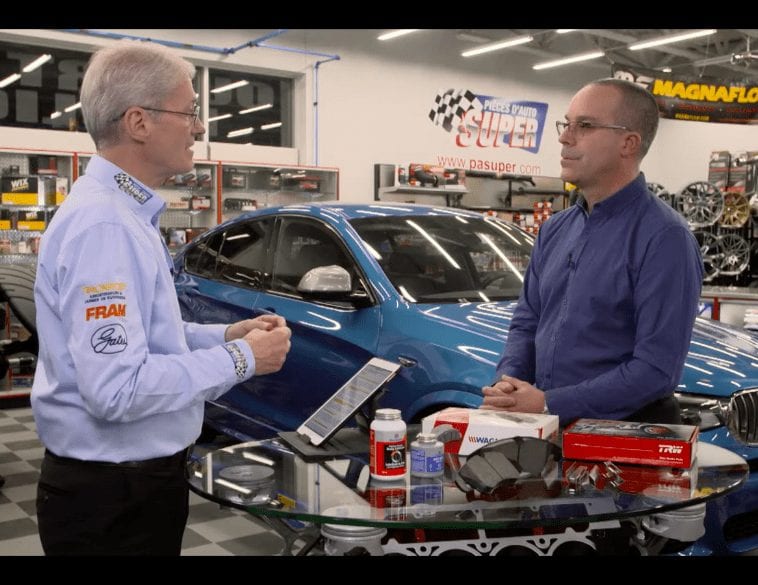Your customers should never negotiate the quality of replacement brake pads for their vehicles.
That’s what you can take away from a conversation I had with Patrick St-Pierre, Sales Director for the Monaco Group on this subject.
It is the automakers who originally determine the pads that will line the brakes of the cars they put on the market. Then it’s the responsability of the aftermarket shops that have to replace these wearing parts at regular intervals.
As Patrick mentioned, there are three main families of brake pads: semi-metallic, ceramic or carbon-metallic. The first category offers an interesting performance and can, in some cases, replace the ceramic inserts found originally mounted on many North American and Asian vehicles. Ceramic inserts are low in dust, but are less efficient and less resistant to heat.
Superior quality
The superior quality is without a doubt the carbon-metallic plate, which is originally found on beautiful European cars and performance cars. They are so well suited for heavy-duty use that they can be found on emergency vehicles for vans that spend their days pulling heavy loads. Their only drawback is that they produce a black dust that dirties the wheels.
When the time comes to change the brake pads, the workshop must of course first base itself on the part that was originally mounted on the vehicle. It must be offered the equivalent or something better. It is important for the person at the counter to understand how the customer uses their vehicle. Certainly, and this point is essential, we must stop always offering the cheapest.
Many customer complaints arise from these low-end products that will squeak, won’t last and won’t give good braking. Think about the safety of your customers and tell them.
A matter of safety
As Patrick explained to us, if a new Porsche, under emergency braking, stops after 35 meters, it will take 43 meters for a regular car, with the results we can imagine if you are following that car.
So in the same family of pads there are several qualities. I agree with Patrick when he recommends relying on the big national brands. These manufacturers work closely with the car manufacturers and often supply the original inserts. They constantly focus on the development of new formulations and closely follow the evolution of new models to find suitable solutions.
The important thing is to follow the manufacturers’ specifications. It is sometimes possible to upgrade from one family of pads to a higher level to offer better braking, but it must be ensured that the braking system is adapted to do so.



